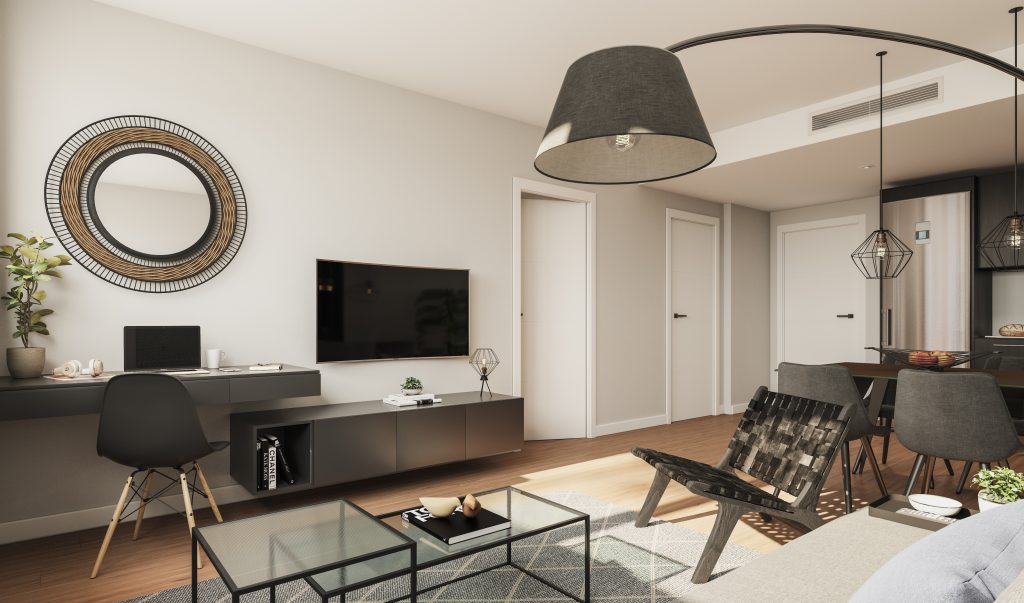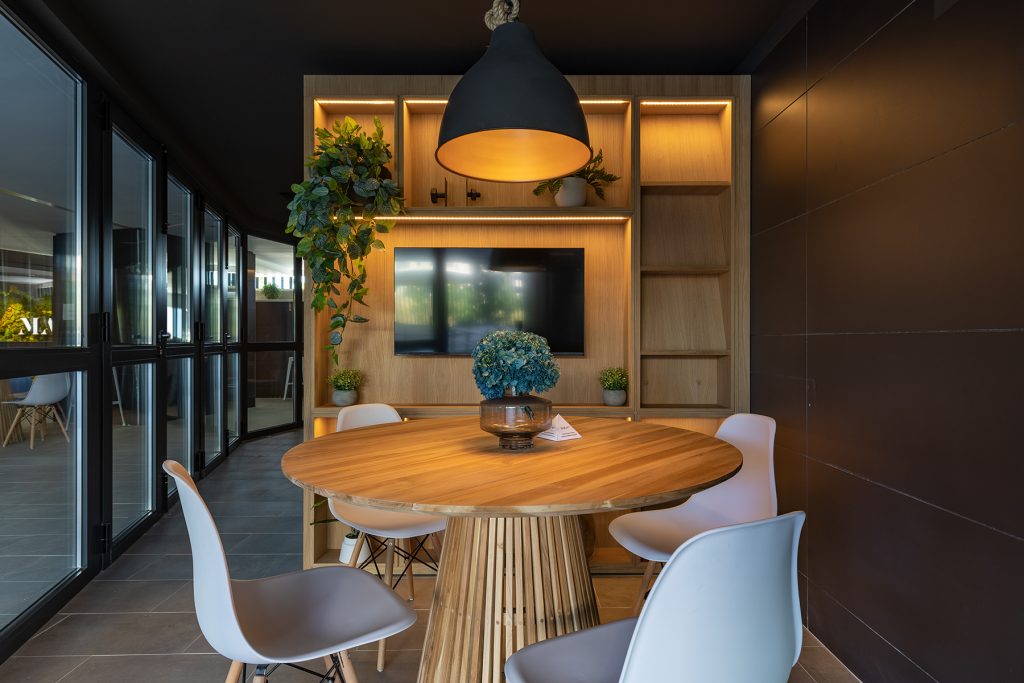Build to Rent: Passing Fad or Excellent Solution?
03/01/2022

Build to rent has been the hot new concept for months now. Whilst much of that is no doubt due to the pandemic, there is no denying that this new approach to part of the real estate business is catching on. Although many Spaniards still dream of owning a home one day, the tough job environment coupled with the long-term financial commitment makes that difficult. As a result, the rental option is gaining ground. And this is where build to rent is making a niche for itself.
Build to rent consists of constructing new properties specifically for renters; it is a new way of understanding the business. The developer builds the homes as a turnkey project, which is then handed over in its entirety to the investor, who may or may not finance the operation. The investor then exploits it directly or hires a rental property manager. Meanwhile, tenants get access to a new-build home, with extra services, for as long as they wish and at competitive prices.
Outlook for Spain
Initial estimates by experts suggested that, starting in 2022, around 8,500 build-to-rent buildings would be constructed each year. This number could gradually increase to around 80,000 by 2028, although these figures will surely be affected by the impact on the market of the future Spanish Housing Act. Only time will tell.
What is certain is that build to rent is only just getting off the ground in Spain, meaning the number of projects and homes can be expected to increase substantially in the coming years. There is plenty of room for growth in the sector. In Spain, only 18% of the population lives in rental properties, well below the European average. All told, an estimated 1,800,000 more rental homes may be needed to meet the demand.
What makes build to rent different?
The build-to-rent formula can undoubtedly be of great interest to all stakeholders. As noted, for people seeking access to housing, it can be an ideal solution. Developers need to weigh several key factors, including the added challenges of operating costs, vacancy rates, time to rent, and service management.
One of the keys to success for a build-to-rent development is for it to project a quality brand image to potential renters. In other words, the property needs to have a quality brand, and customers need to perceive it. Other keys include creating a loyalty plan to build lasting relationships with tenants in order to maximise lease duration, reduce vacancy rates and capitalise on cross-selling opportunities. Investors and managers also need to take non-payment into account. This means having a good scoring system in order to select the right applicants to reduce risks. Another challenge posed by build to rent is the impossibility of selling off-plan. From day one, a large number of vacant properties need to be filled.
The speed of construction and quality standards must be adapted to a product whose appeal lies in its design, amenities and professional management service. At B Capital Partners, we leverage our understanding of developer and operator business models to help create better projects. Knowing the future target also allows us to make decisions as future asset, property and facility managers and design customised loyalty plans.
Although the types of build-to-rent properties may be similar to those built for sale, their layout and connection to communal leisure and work spaces vary considerably. The interior design, amenities and associated services are often what define the brand that operates them. Use of the ground floor for communal purposes and the creation of rooftop spaces are the main draws of these developments.
Market studies make it possible to better select the amenities that spark the most interest and add value to the development. They also tell us which services these spaces should be equipped with to enhance the customer experience.
Services: a distinctive feature
In addition to all the features of the building itself, in the management of rental buildings operated by specialised investors, tenant services are key to boosting tenant loyalty in the form of longer stays that reduce turnover. Operators thus maintain communication channels with tenants and have specialised departments to handle any incidents that might arise, such as malfunctions, payments or maintenance issues. Any problem has to be solved quickly. The tenant experience in buildings under the management of professional operators is much more positive than that of traditional rentals from private landlords or classic managers.

